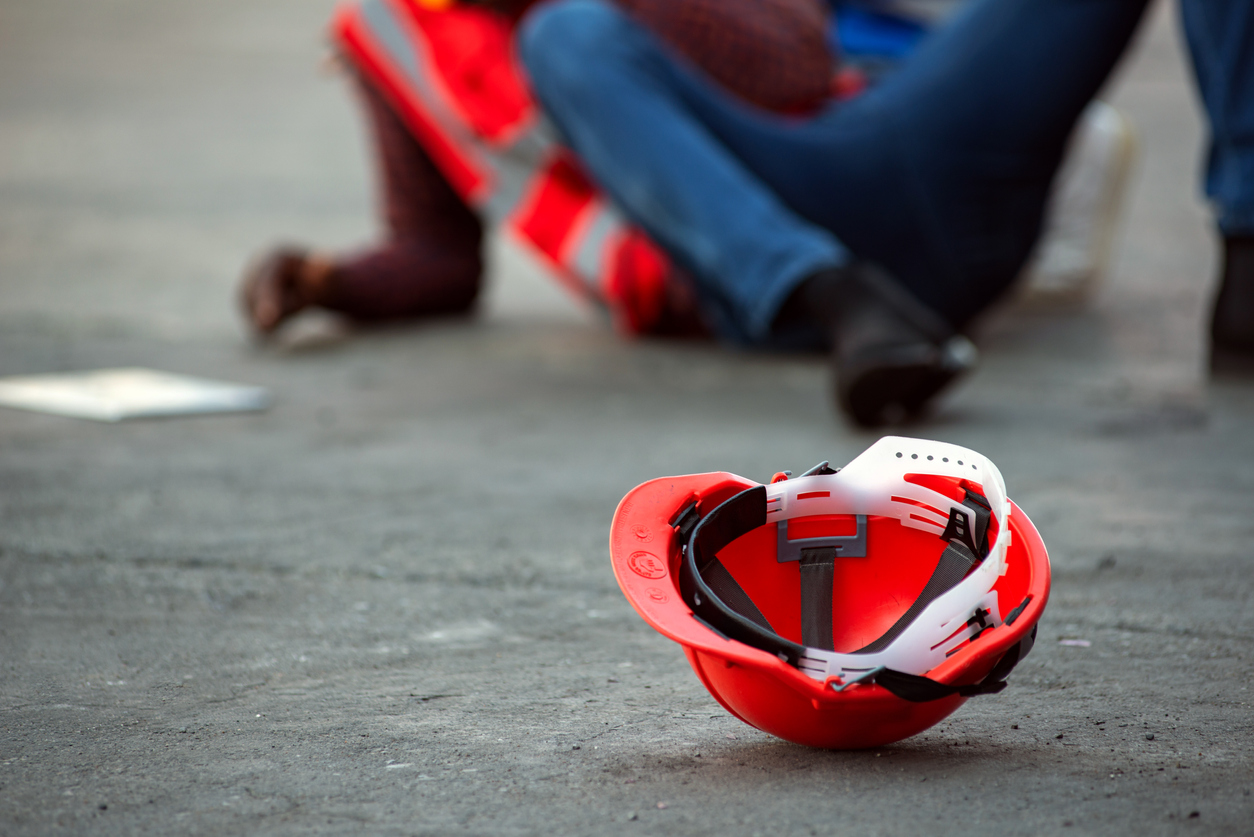How can business owners protect their employees from slips and falls? Doing so requires a thorough awareness of common workplace hazards and addressing them as soon as possible. Here, we discuss ways to prevent workplace slip and fall injuries.
Every year, thousands of workers sustain injuries because of slips and falls. These incidents comprise a significant number of “time-loss” injuries that result in workers’ compensation. Therefore, employers must purchase commercial insurance to cover claims arising from these occurrences.
Common Causes of Slips and Falls
Most workplace falls occur due to slipping and tripping hazards. Insufficient traction or friction between the worker’s footwear and the walking surface can contribute to slipping. These surfaces may become slippery due to moisture and oil spills, wet weather conditions, loose rugs or mats, or uneven traction.
Trips often occur when feet come into contact with objects on the floor. Insufficient lighting can cause these incidents. Additionally, this may occur due to visual obstructions, clutter, wrinkled or loose carpeting, unsecured cables, and uneven walking surfaces.
Tips for Preventing Slips, Trips, and Falls
Slipping and tripping hazards often result in an unexpected or unintentional change in contact between footwear and the walking surface. Therefore, most methods for preventing slips and falls should involve eliminating obstacles and maintaining the condition and cleanliness of the ground or floor. Employees should also use appropriate footwear and keep a safe walking pace.
Good housekeeping is essential for preventing slips and falls. It generally involves mopping or wiping spills immediately. It is best to mark spills and wet spots clearly if that isn’t possible.
Clear all walkways of obstacles and clutter. Additionally, it would be good practice to smother and secure mats, rugs, and carpets with tacks or tape. Cables that cross walkways should not be visible.
It is possible to modify the flooring to make it less conducive to slips and trips. Also, you can re-coat slippery floors or cover them with non-slip mats. Alternatively, you may install abrasive strips or apply abrasive coatings. Another good idea would be to replace glossy wooden surfaces with metal or synthetic material to improve footwear grip.
Even replacement flooring requires proper housekeeping to prevent slipping and tripping, regardless of the material used. Most non-slip materials are durable and reduce foot fatigue, making them more suitable than traditional flooring materials.
Finally, employers should require their workers to use footwear appropriate to the walking surface. Remember that not all anti-slip soles work equally well on all surfaces, so the material chosen should depend on the surface employees will most frequently walk on.
Conclusion
Workplace slips and falls can have disastrous consequences. Identifying common risk factors and addressing them as soon as possible helps reduce the risk of serious injury among employees.
About RBC Insurance Associates
As an independent insurance agency, our clients’ interests come first at RBC Insurance Associates. Our goal is to provide a comprehensive, tailored insurance program that addresses your needs. We accomplish this by working with some of the finest insurance companies in the industry with the highest ratings. We will negotiate on your behalf to get the best policy terms and pricing for your program.
Here is just a sample of our leading insurance carriers.

